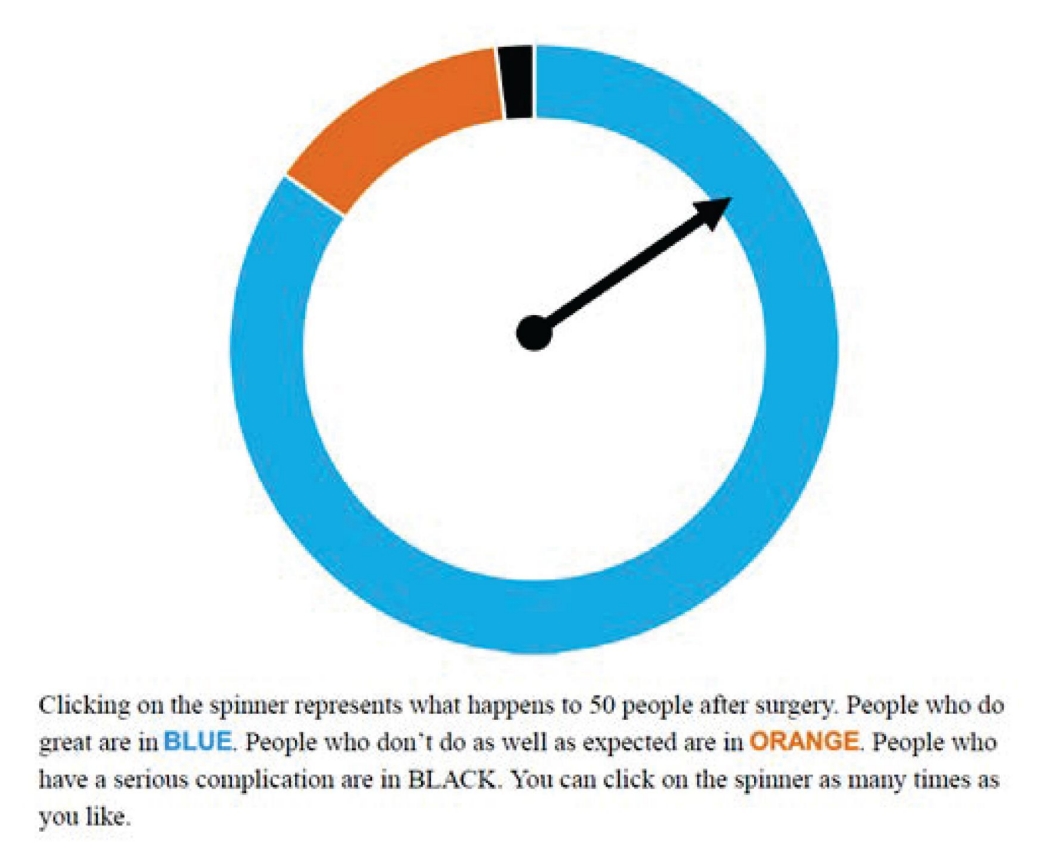Ancker, J.S.; Benda, N.C.; Zikmund-Fisher, B.J. “Insufficient evidence for interactive or animated graphics for communicating probability.” Journal of the American Medical Informatics Association, Volume 31, Issue 11, 2024, pp. 2760-2765, DOI: 10.1093/jamia/ocae123.
This study examined whether interactive or animated visualizations are better than static graphics or numerical formats for explaining health probabilities, such as disease risks or side effects. Researchers reviewed data from a large systematic study and focused on four types of visualizations: simulations of probabilistic events, displays of randomness, tools that simplify information by focusing attention, and those encouraging deeper thinking.
The results showed no strong evidence that interactive or animated visuals improve understanding, risk perception, or health decisions compared to static graphics. The study suggests two possibilities: either the most effective designs haven’t been tested, or these formats are not inherently better. Future research should directly compare novel interactive visuals with traditional graphics to guide health communication strategies, ensuring accessibility for all audiences.

Figure 1.
Interactive animation with original explanatory caption. Clicking on the image caused the pointer to spin around and come to rest at different points around the circle. Reproduced with permission from Arthritis Care and Research (Fraenkel et al7).